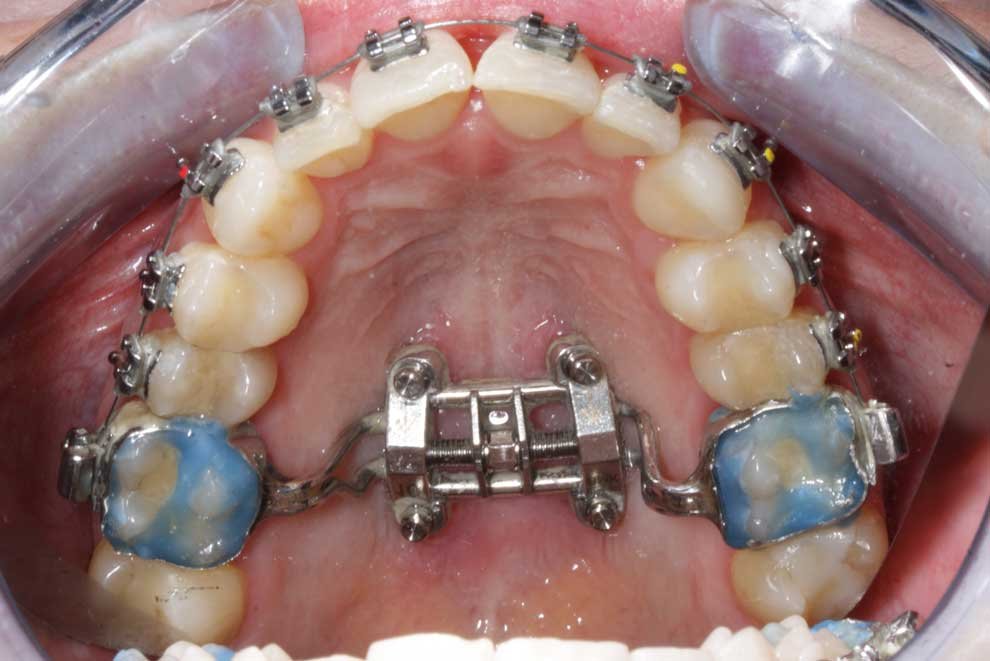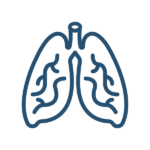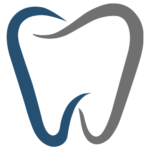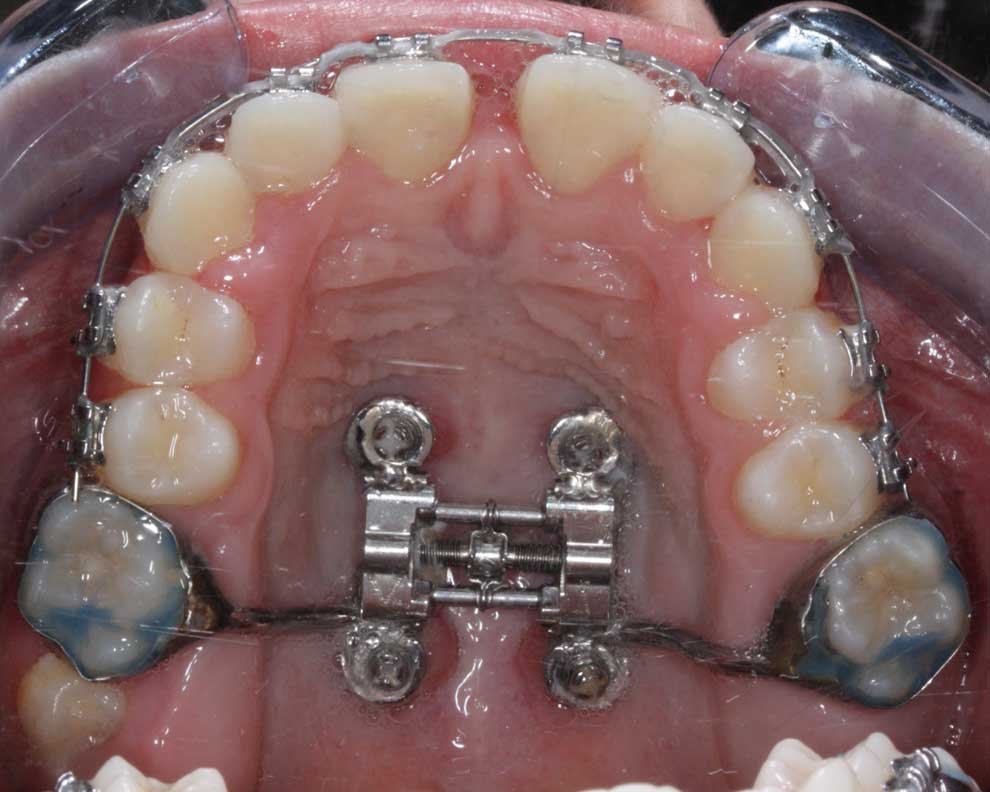Orthodontic Care in Portugal
Orthodontic Conditions Linked to Breathing Issues and Sleep Apnea



Breathing issues
Malocclusion Class II
In cases where the lower jaw (mandible) is small or underdeveloped (retrognathic), the tongue tends to rest farther back, partially obstructing the airway.
Impact on breathing:
This backward tongue posture can lead to obstructive sleep apnea, especially during sleep when muscles relax, further narrowing the airway.

Breathing issues
Malocclusion Class III
When the lower jaw is too far forward (mandibular protrusion) or the upper jaw is underdeveloped (maxillary retrusion), it can create an imbalance in the orofacial structure, affecting the airway.
Impact on breathing:
This condition is less commonly associated with sleep apnea than Class II malocclusions but can still contribute to breathing difficulties, particularly if the maxilla restricts the nasal airway.

Breathing issues
Narrow Maxilla
A constricted or underdeveloped upper jaw reduces the space in the nasal cavity and upper airway.
Impact on breathing:
A narrow maxilla often forces individuals to breathe through their mouths, as nasal airflow becomes restricted. This can also result in obstructive sleep apnea (OSA) in some cases. Related symptoms include snoring, chronic mouth breathing, and poor sleep quality.
Expanders like MARPE (Miniscrew-Assisted Rapid Palatal Expander) for adults and Hyrax expanders for children help widen the maxilla, improving nasal airflow and alleviating symptoms.

Breathing issues
Open Bite
Open bites often result from habits like tongue thrusting or mouth breathing, which can alter the natural growth of the orofacial region.
Impact on breathing:
Mouth breathing is both a cause and symptom, as it prevents the tongue from maintaining its natural posture against the palate. Over time, this can lead to a narrower airway.

